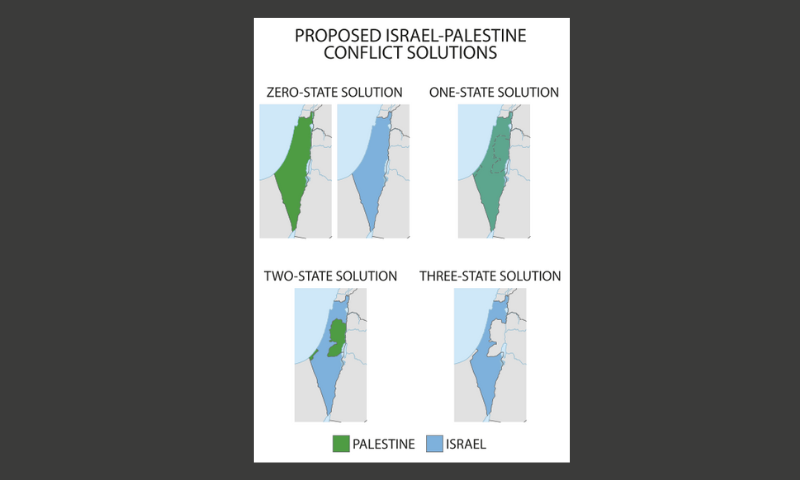Yaroslav Mar
Times of Israel, Aug. 10, 2025
“Many claim that if Germany could be denazified without ceasing to exist, “Palestine” could be deradicalized into a state. But the analogy falls apart instantly.”
The illusion has gone on long enough. For decades, world leaders have clung to the idea that peace in the Middle East depends on the creation of a Palestinian state, as though the next summit or resolution might finally unlock harmony. Deep down, everyone knows this is make-believe. A Palestinian state will never come into being—and more importantly, it should not. Not after October 7. Not after a century of rejection, terrorism, and deliberate bloodshed. The only real question left is what should take its place.
There are only two realistic outcomes: depalestinization or resettlement. Either Gaza and the West Bank return to their historical Arab neighbors—Egypt and Jordan—or Gazans are relocated abroad through an orderly, humane process, such as the one suggested by President Trump. What must never happen is the reward of sovereignty for the worst massacre of Jews since the Holocaust. Giving the Palestinians a state after October 7 would be like appointing a criminally insane arsonist as the fire chief—and then handing him a can of gasoline.
Consider the basics. Arabs already exercise national sovereignty in twenty-one independent states across the Middle East and North Africa. Jordan—created from 77 percent of the British Mandate for Palestine—was always intended to be the Arab state in this region. Demanding that the Jewish people give up the remaining 23 percent for yet another unstable Arab entity is not just unnecessary; it is fundamentally unjust.
The historical record is unambiguous. The Palestinian leadership rejected the 1919 Paris Peace Conference. They rejected the League of Nations Mandate in 1922, the Peel Commission in 1937, and the 1947 UN Partition Plan—choosing instead to launch a war that wiped out any moral or legal claim to statehood. They rejected UN Resolution 242 in 1967 and refused the peace offers from Clinton, Olmert, Kerry, and Trump. At every turn, they have chosen war over coexistence. No other nationalist movement in modern history has spurned so many opportunities, nor been indulged with so many second chances after doing so. …SOURCE


